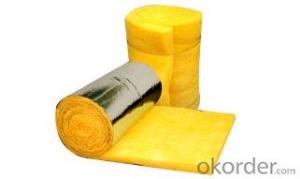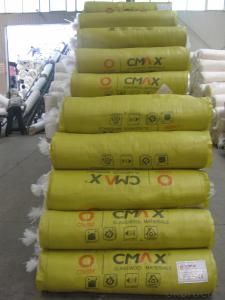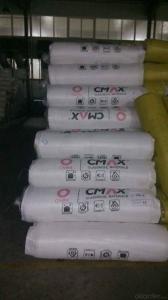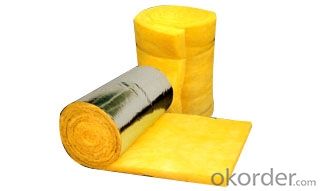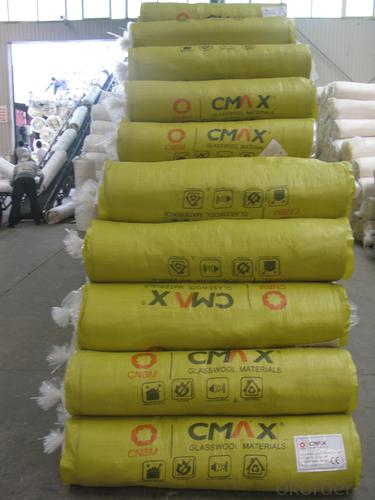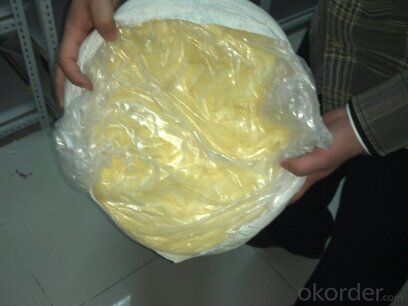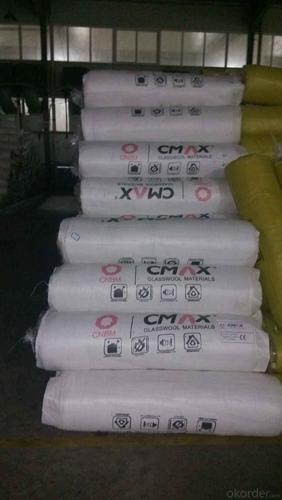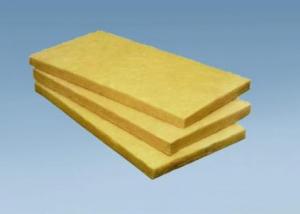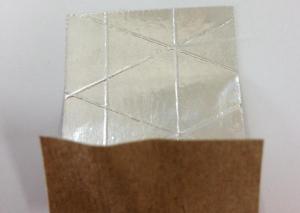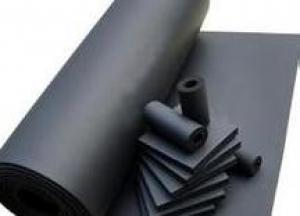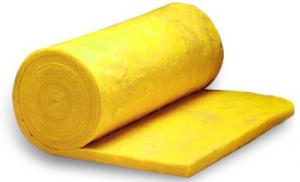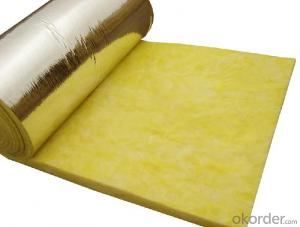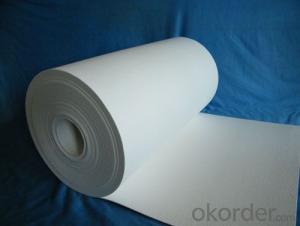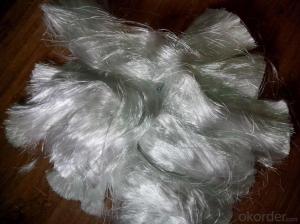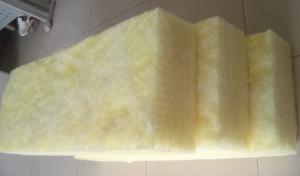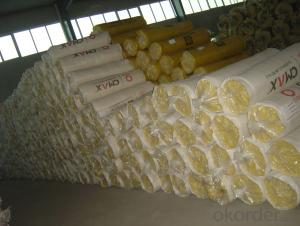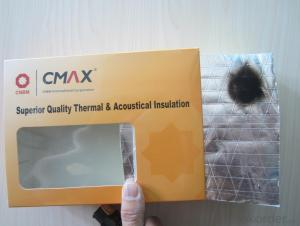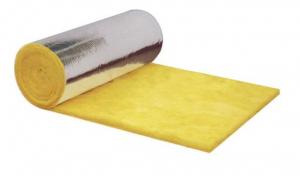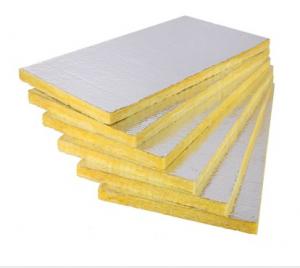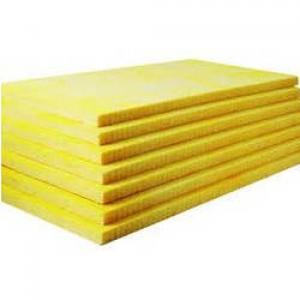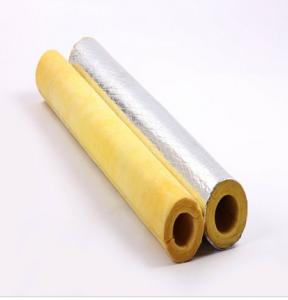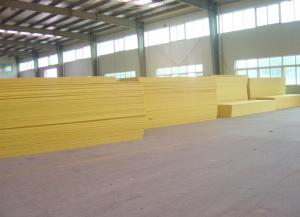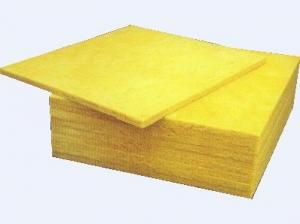Glass Wool Insulation Blanket
- Loading Port:
- China Main Port
- Payment Terms:
- TT OR LC
- Min Order Qty:
- -
- Supply Capability:
- -
OKorder Service Pledge
OKorder Financial Service
You Might Also Like
Production Description
Glass wool blanket is in flexible form for ease of installation over large areas. Both products are available to order with a wide range of density and thickness, and with various types of facing applied.
Standard Size
Item | Unit | Index |
Density | Kg/m3 | 10 - 48 |
Thickness | mm | 25-150 |
Width | mm | 1200 |
Length | mm | 5000-30000 |
Remark:
Other sizes available upon request Facing materials can be applied upon request
Technical Data
Item | Unit | Index |
Average Fiber Diameter | μm | 5-7 |
Water Content | % | ≤1 |
Grade of Combustibility |
| Non-Combustible Grade A |
Thermal Conductivity ( 25℃) | W/mK | 0.038- 0.045 |
Reshrinking Temp | ℃ | ≥250 |
Hydrophobic | % | ≥98 |
Moisture Rate | % | ≤5 |
Noise Resistant Coefficient (NRC) |
| 0.75 |
Slag Inclusion Content | % | ≤0.3 |
Application
Glass Wool are widely used in public, commercial and residential buildings as well as industrial plants, for applications such as roofing, external wall, partition wall and floating floor to provide fire protection, thermal insulation, acoustic control and condensation control.
- Q: What are the raw materials of centrifugal glass wool?
- Although I see it every day, but I really do not know about it, I only know that the main materials include glass and lime.
- Q: Is hyperfine glass fiber cotton different from the centrifugal glass wool?
- Fine glass fiber cotton is an excellent inorganic non-metallic materials and it has a wide range of varieties. The advantages of it are good insulation, heat resistance, corrosion resistance, high mechanical strength, but the drawback is brittleness and wear resistance.It is made of glass ball or abandoned glass and goes though process of high temperature melting, drawing, winding and weaving. The diameter of the monofilaments is from several microns to twenty microns, equivalent to 1 / 20-1 / 5 of a human hair and each bundle of fiber strands is composed of hundreds or even thousands of monofilament.Glass fibers are commonly used as reinforcing materials, electrical insulating materials, insulation materials and circuit boards in the field of composite materials.Centrifugal glass wool is a silk material which is made by blowing the molten glass by centrifugal blowing processes and spraying thermoset resin. After thermal curing and deep processing, the silk material can be into products with a variety of usages.Centrifugal glass wool is a typical porous sound-absorbing material with fluffy fiber staggering inside and a lot of tiny pores existing.
- Q: Could centrifugal glass wool be treated as cold insulation material?
- yes, central air conditioning is useful.
- Q: Does glass wool belong to the asbestos insulation material?
- Asbestos products have many varieties and they are mainly used for thermal insulation in industrial equipment and industrial pipes. The operating temperature is within 600 ℃. Compared with glass wool, asbestos products also have more forms. They include asbestos cloth, rope, tape, sheet, blanket, packing (sealing materials), quilt (for fire suppression) and paper.Glass wool is mainly used for thermal insulation of buildings and air ducts. The operating temperature is within 450 ℃.The main products areglass wool plates and carpets.It need to be noted that asbestos is non-environmentally friendly materials and it is radioactive. Long-term contact with it may do great harm to the human body, thus the production of it is banned.
- Q: Which is more effective in retarding fire, rock wool or glass?wool? What is the difference between rock wool and glass wool?
- It is harmful to human body so it is banned.
- Q: How to convert thickness if the heat insulation effects of glass wool board and rubber and plastic board is the same?
- It can be converted according to the experience The two products can be compared with each other the contrast is relatively poor (depending on use) five six thick glass wool use 2 rubber and plastic board Pay attention to the problem of usage and the environment
- Q: Choosing glass wool with proper thickness for piping insulation of Dn900 boiler room.
- It depends on the temperature of pipes. Steam pipes with 300 degrees should choose the thickness of 100mm, which is based on the national standard that pipeline’ skin should keep less than or equal to 50 degrees in temperature. While hot water pipes keep 40 to 50mm in this regard.
- Q: Can glass wool be used in exterior wall for thermal insulation?
- It is ok in that it is the same as rock wool in construction work!
- Q: what is the specification of glass wool sound-absorbing board?
- General specifications include 600 * 600600 * 500 * 1200-1200/12000300/400 mm thickness is usually 14 to 22 mm. . Glass wool belongs to a category of glass fiber, and is a kind of man-made inorganic fiber. Glass wool is a kind of spongiform material shaped by making melten glass fibering, it's chemical content belongs to glass and is a kind of inorganic fiber. It has good molding, small bulk density, low thermal conductivity, good thermal insulation and heat insulation, good sound absorption, corrosion resistance and stable chemical performance. Centrifugal glass wool belongs to porous materials and has good sound absorption performance. Centrifugal glass wool can sound-absorbing reason is not due to the rough surface, but because of there exist a large number of internal and external connected tiny pore and holes. When sound waves enter on the centrifugal glass wool, sound waves can follow the internal pore into inner material, cause the vibration of air molecules in space. Because of the friction of air viscous resistance and air molecules and pore wall, sound energy is wore down after being transferred into heat energy.
- Q: What are the functions of the thermal insulation glass wool board?
- Thermal insulation glass?wool?board has long fibre, low density, low thermal conductivity, excellent heat insulation property, high sound absorption coefficient, heat resistance, flame resistance, freezing resistance, moth repellency and good chemical stability. It has obvious advantages compared with conventional insulation materials.It is mainly used in industrial tanks, piping insulation engineering, industrial plant and steel structure workshop.
Send your message to us
Glass Wool Insulation Blanket
- Loading Port:
- China Main Port
- Payment Terms:
- TT OR LC
- Min Order Qty:
- -
- Supply Capability:
- -
OKorder Service Pledge
OKorder Financial Service
Similar products
Hot products
Hot Searches
Related keywords
